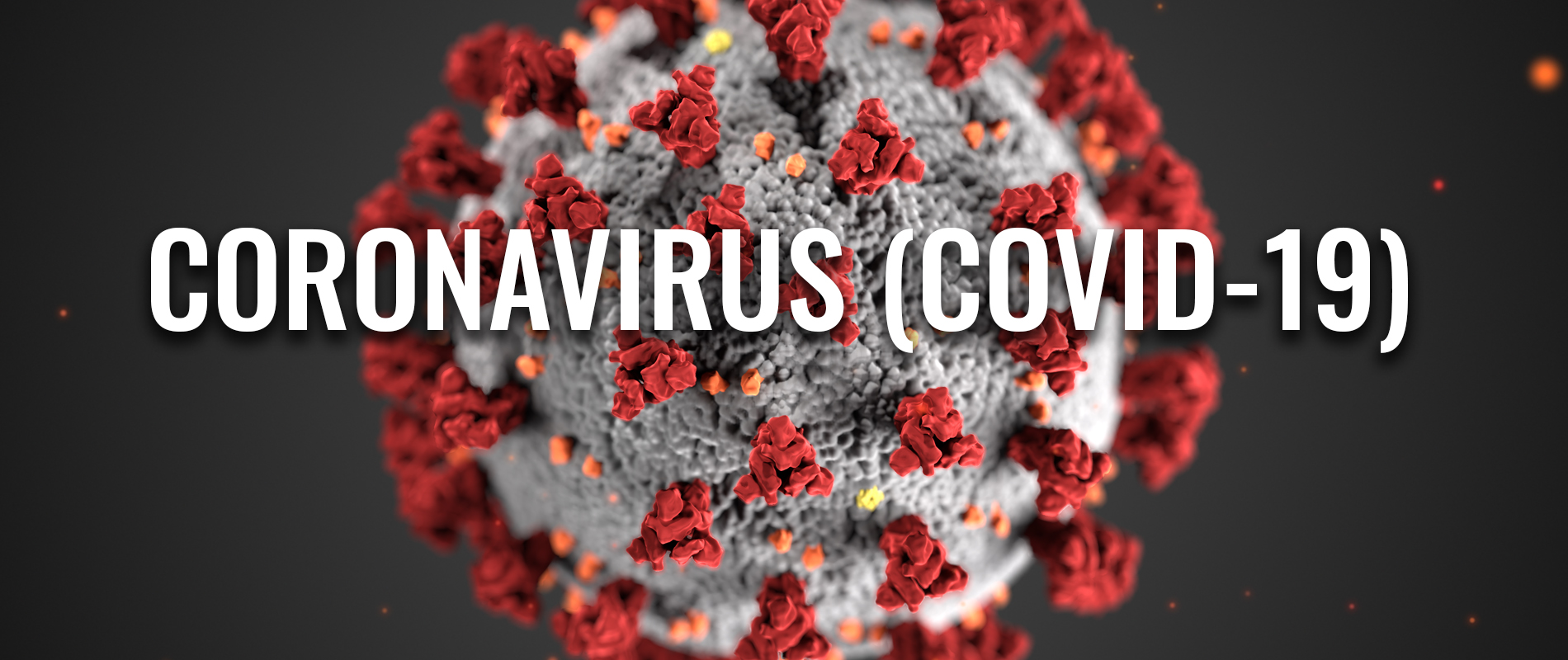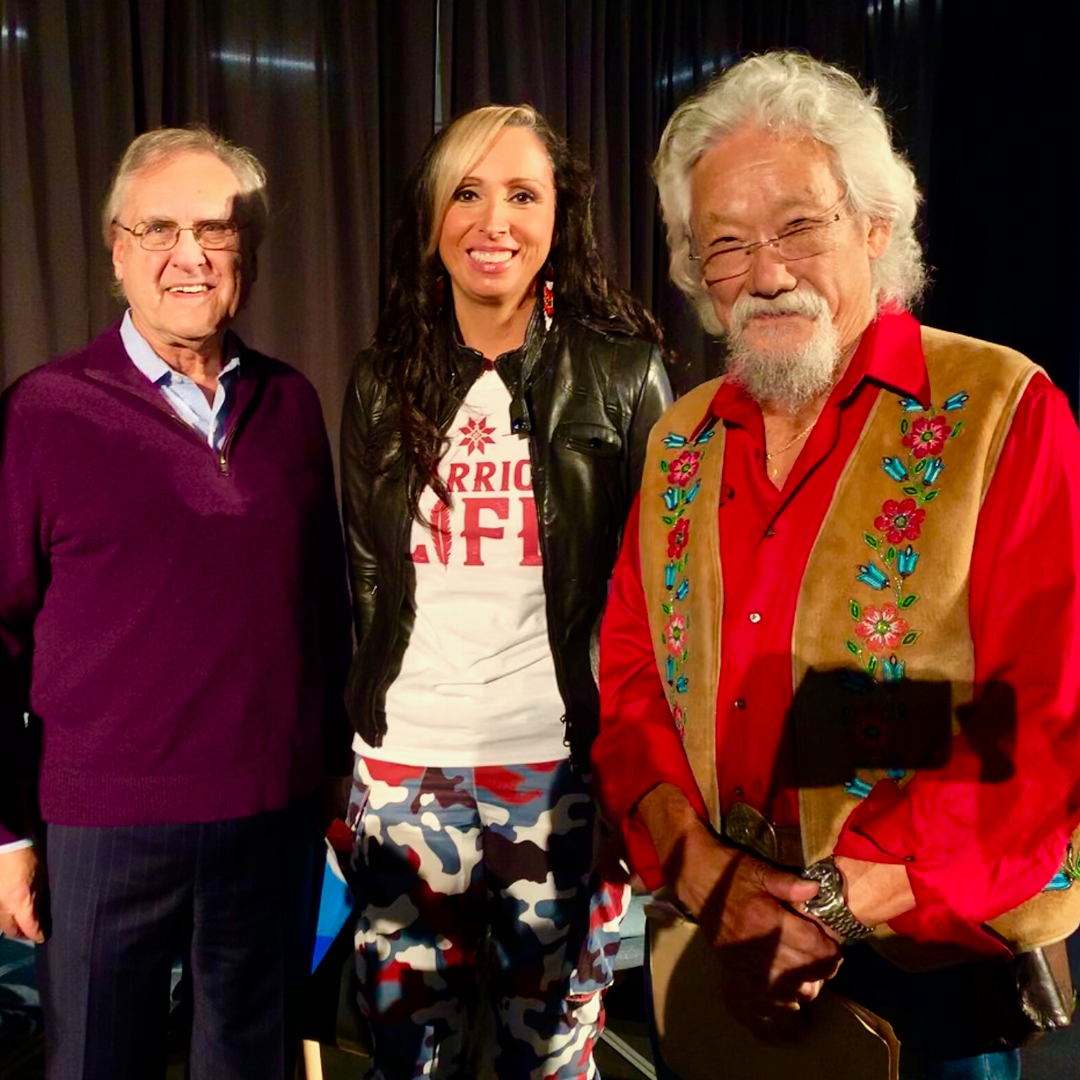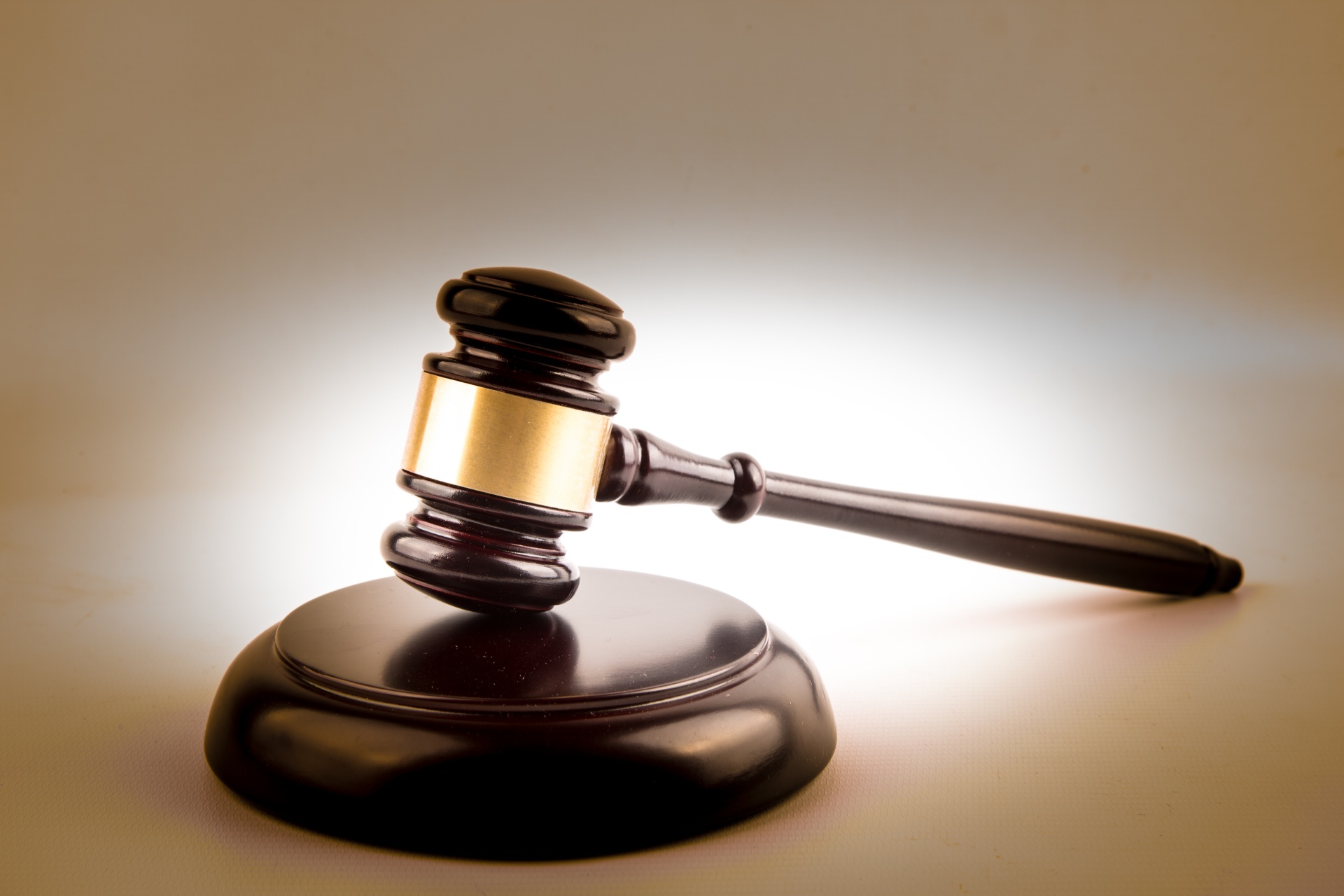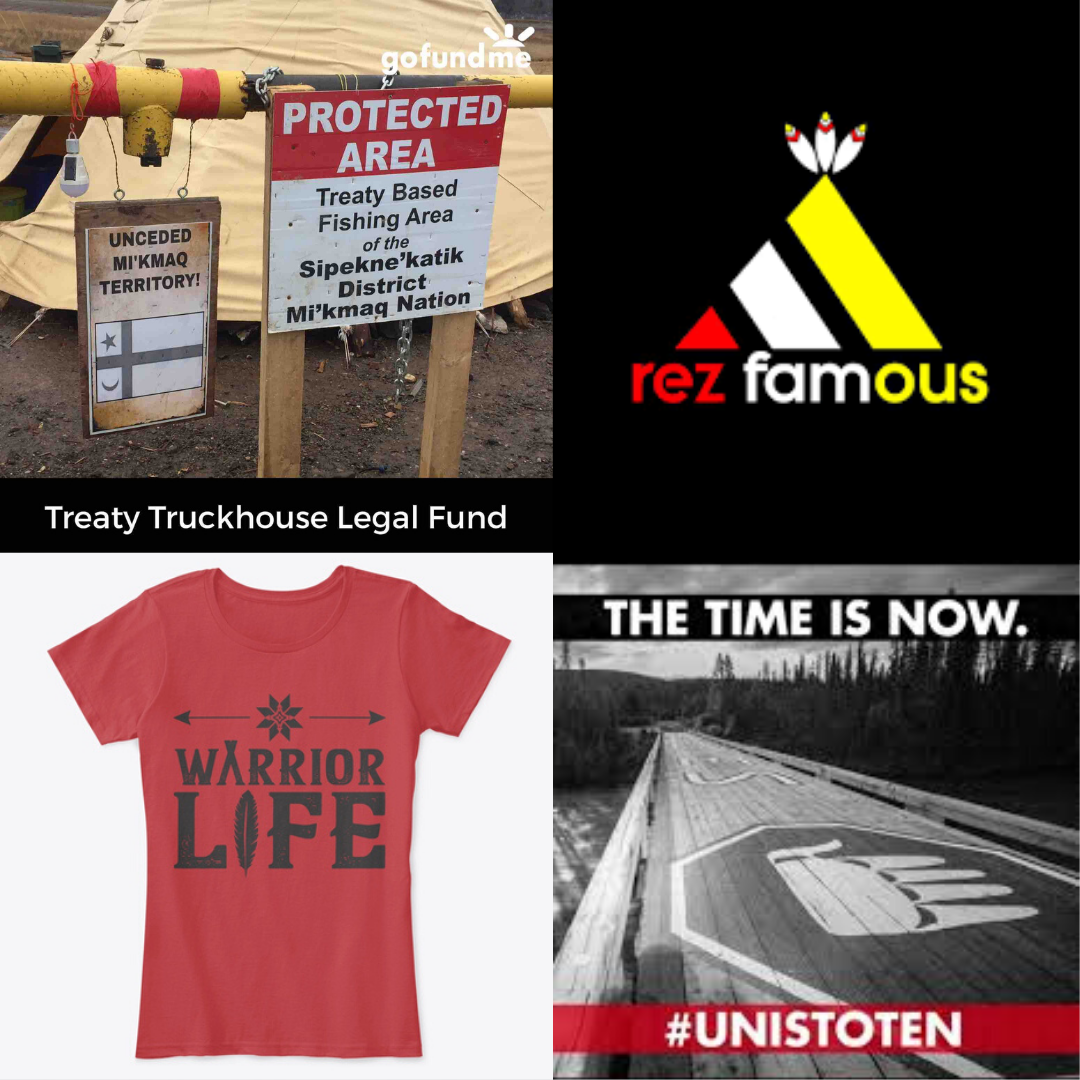Dear social justice allies, Several weeks ago, I wrote an article for APTN News about the need for all levels of government to work with Indigenous governments and prison justice experts to develop a decarceration plan for Indigenous peoples to avoid a massive covid19 outbreak in prisons which would disproportionately impact Indigenous peoples. COVID-19 pandemic…
Template Letter to Send to Federal Government re Prisoner Safety During Covid-19



